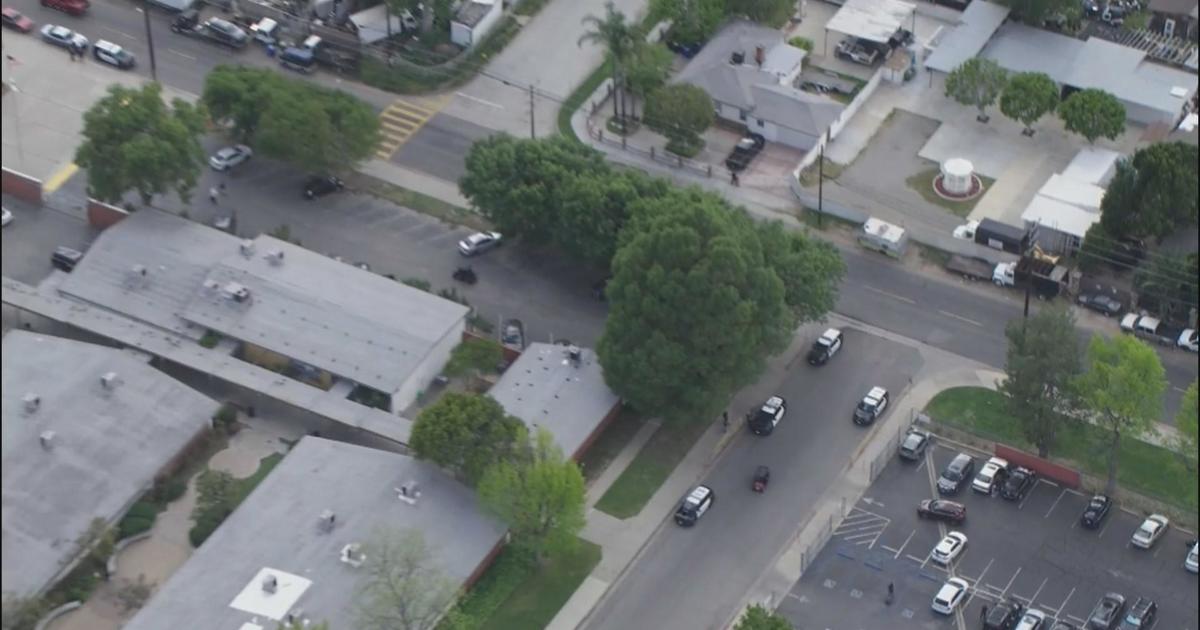By Linda Cameron
Slicing and dicing numerical and scientific data from water samples helped Flint, Michigan pediatricians uncover hard evidence of lead in the city's water supply. The analytics that exposed Flint's water crisis is an example of what a lightning rod math can be. (This lightning rod pointed to old and rusted lead water pipes.) The mathematical world never sleeps. If math doesn't quite light the fire within, or simply isn't your cup of tea (or java), there are other ways math can get under your skin.
Learning and Teaching Math Creatively
Students of all ages and math levels want to know the relevance of math to their world. Innovative methods in STEAM education are being used to teach math, and art, language, theater, dance and music are entering the picture.
- Through a language-oriented approach, math as a second language (MSL) builds confidence in learning math.
- Pictures, PowerPoint animations, and YouTube demos teach math principles and terminology.
- Some geometry classes use the works of renowned artists such as Pablo Picasso.
- Visual tools teach math from the elementary grades to more advanced levels.
- Students learn geometry and trigonometry through dance movements that study the angle of the body at different turning points.
- Students participate in creative math projects, such as building a math machine.
- Using casino simulations, students learn about random numbers and probability and statistics.
Building a Time Machine
Time travel, a science fiction fantasy of writers such as H.G. Wells, might move from the literary page and become a reality. According to a
Popular Mechanics article, "It's just a matter of time before we build a machine that can take us into the far future." The possibility of literally moving forward in real time looks back at Albert Einstein's theory of relativity, atomic clock experiments, and the experiences of a cosmonaut who returned from a space mission in 2015. The building blocks for a time machine seem to be there, but the logistics of real-time travel pose a new mathematical challenge. Imagine yourself all suited up for a trip into the future.
Fighting Crime and Terrorism Through Mathematical Modeling
A software system is helping police deter crime by predicting when criminal activity might happen. Developed by a mathematician, the app was rolled out in 2011 to police departments in Los Angeles and other major high crime cities. According to a
Political Calculations blog post, the software calculates "the probability that crimes will be committed in a particular area on a particular day, based on real-time data from the previous couple of days. Police officers are then given prediction maps telling them where the probability is high, so they can put in place extra patrols and hopefully prevent at least some of those crimes from happening." The
National Science Foundation displays a graph of this crime prediction math model. Since the first rollout, other states and various countries have been experimenting with their own crime prediction apps. It's interesting to note that the math models for predicting earthquakes, burglaries, and violent crime are also used to
predict terrorist attacks. Scientists and mathematicians study the patterns of human behavior and natural catastrophes for the development of predictive models.



